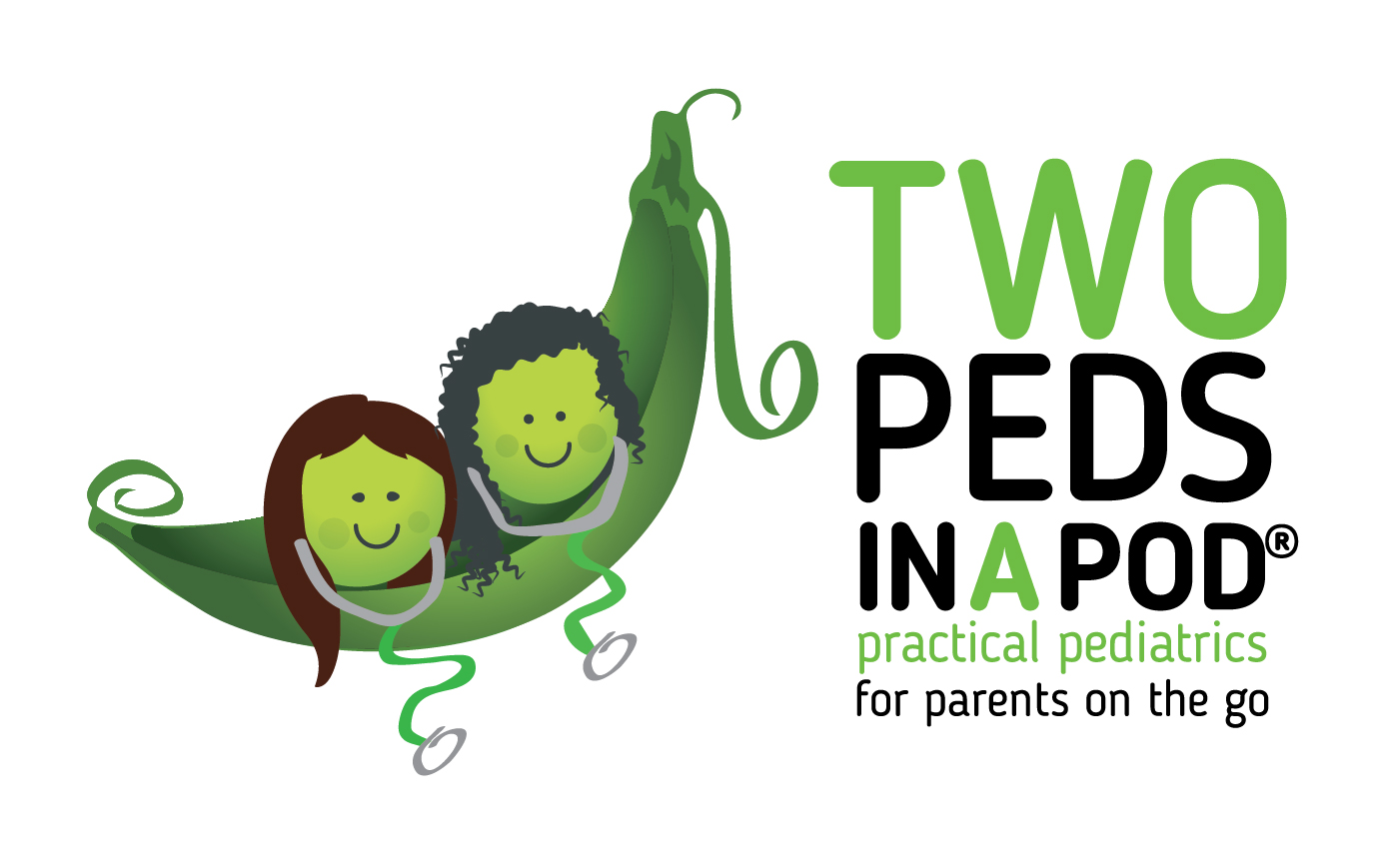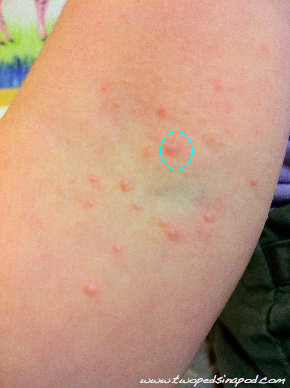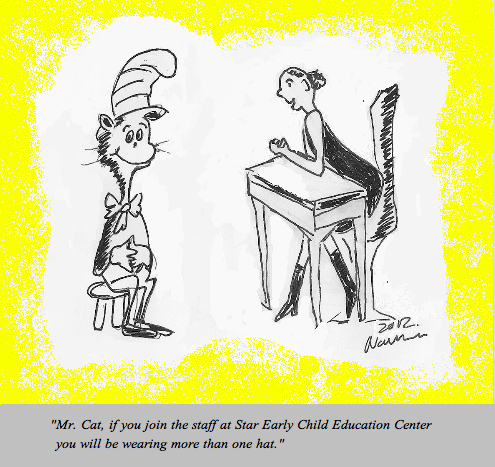
Lucky kid! My daughter’s first rock concert, and not only did her girlfriend score tickets to the hot teen band One Direction, but the girls sat in 9th row seats. Despite fears of appearing dorky, my kid took along a box of earplugs. A half-hour into the concert, the mom accompanying the girls texted me. “Earplugs a necessity,” she wrote.
No, it’s not a myth your parents told you as a teen to keep you miserable at home on a Saturday night. Loud music really can cause high frequency hearing loss.
Sound is described by decibels (loudness) and by frequency (pitch). Examples of high frequency noises are the sound of a nail scratching a chalk board or a person whispering. A very high frequency noise is the sound of a dog whistle. By thirty years old, almost everyone experiences some hearing loss at frequencies above 15 hertz – if you are this age, this is why everyone now seems to mumble at parties. A few years ago, teens capitalized on this natural hearing loss phenomenon with “mosquito” ring tones– high frequency cell phone rings heard only by younger ears but not by prying adult ears. For kicks, check out your ability to hear high frequencies at this non-scientific site.
Exposure to loud sounds at high decibels hastens the natural progression of high frequency hearing loss. Damage to the hearing nerve (cochlear nerve) in an ear can occur from a one time exposure or from repetitive exposure over time. Sounds above 85 decibels cause damage. Those below 75 decibels rarely cause problems. The humming of a refrigerator is 40 decibels, ordinary conversations are 60 decibels and city traffic registers at 80 decibels. Lawn mowers and hair dryers are around 90 decibels and firecrackers explode at 120-140 decibels. After two minutes, exposure to rock concerts (which usually register at 110 decibels) may cause damage. For lawn mowing, the permissible exposure time is sometime between 2-4 hours. The site www.dangerousdecibels.com gives maximum recommended lengths of time for exposure to loud sounds.
Amongst teens, high frequency hearing loss is on the rise. The exact cause is unclear, but doctors suspect that the loss is secondary to constant exposure to loud sounds. Limit your child’s exposure to high decibel activities. Give your teen earplugs as she mows the lawn this summer and uses the leaf blower this fall. Because of differences in ear buds and how music is recorded, there is no uniform way to regulate volume produced by MP3 players. However, as a general rule of thumb, if you hear your teen’s music playing when he has ear buds in, it’s too loud. Kids should be able to hear normal conversations even when their devices are on.
So don’t fret if your teenager gets a mosquito ring for his cell. The ringing in the ears after a loud concert or a day of weed-wacking is the “sound” of hearing loss occurring— THAT’s the ring to avoid.
Thanks to Educational Audiologist Kristin Peppiatt, Au.D., CCC-A, the expert advisor who provided information for this post. An Audiologist for Bucks County Schools Intermediate Unit #22 in Pennsylvania, Dr. Peppiatt received her Bachelor’s of Communication Disorders and Masters of Audiology degrees from Penn State University and her Doctorate of Audiology from A.T. Stills University. She holds her Certificate of Clinical Competency from the American Speech, Language and Hearing Association and is a fellow in the American Academy of Audiology.
Naline Lai, MD with Julie Kardos, MD
©2012 Two Peds in a Pod®








 Yow!
Yow! Guest blogger pediatrician Heidi Román returns to us today to give practical advice on how to decrease potential toxins in your child’s environment.
Guest blogger pediatrician Heidi Román returns to us today to give practical advice on how to decrease potential toxins in your child’s environment.
 My youngest child clambered off the bus Friday afternoon with a fixed grin across his face.
My youngest child clambered off the bus Friday afternoon with a fixed grin across his face.